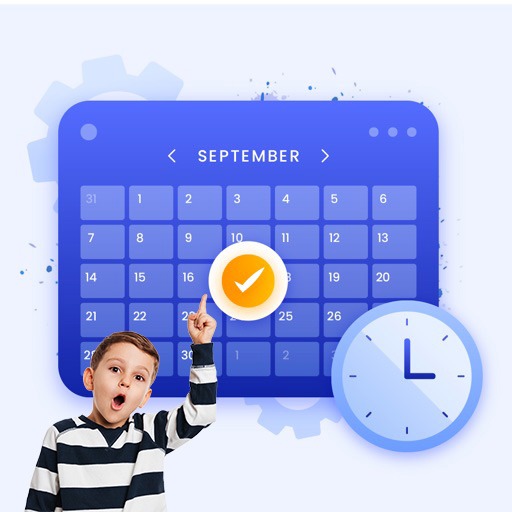Summary
Chronic pain is a long-lasting pain that persists for more than three months, even after an injury has healed or due to an ongoing condition. It is one of the most common reasons people visit their doctor. Chronic pain can be classified based on its characteristics or affected body regions, including:
- Musculoskeletal pain (e.g., arthritis, back pain)
- Neuropathic pain (caused by nerve damage, often described as burning or tingling)
- Fibromyalgia (widespread pain with fatigue and sleep issues)
- Chronic headaches (such as migraines)
Chronic pain is especially common in older adults, affecting one in three people over 65. Conditions like arthritis, osteoporosis with fractures, and spinal stenosis can contribute to pain, but they are treatable and should not be considered a normal part of aging. If left untreated, chronic pain can lead to depression, reduced quality of life, and loss of independence.
Definition
Pain is considered acute when it occurs suddenly due to an injury or illness and resolves as healing takes place. If pain lasts longer than three months, it is classified as chronic pain. It may be linked to ongoing medical conditions such as arthritis, migraines, or nerve damage (neuropathy).
Neuropathic pain, in particular, involves changes in how the nervous system processes pain, leading to:
- Allodynia: Pain from stimuli that are not usually painful (e.g., light touch).
- Hyperalgesia: An exaggerated or prolonged pain response to something normally painful.
Chronic pain can fluctuate, with flare-ups triggered by activity, stress, or unknown factors.
Diagnosis and When to Seek Help
Seek medical attention if pain:
- Lasts for more than three months.
- Interferes with daily activities, sleep, or mood.
- Worsens despite home treatments or medications.
- Is associated with numbness, weakness, or unexplained weight loss.
A doctor may assess symptoms through physical exams, imaging tests, or nerve function studies to determine the cause and best treatment approach.
Management
A combination of treatments is often needed to effectively manage chronic pain, including:
- Stretching and physical therapy: Improves mobility and reduces stiffness.
- Relaxation techniques: Practices like meditation and deep breathing can help manage stress-related pain flares.
- Medications:
- Antidepressants and anticonvulsants can help with nerve-related pain.
- Over-the-counter pain relievers (e.g., acetaminophen, ibuprofen) may be useful for mild to moderate pain.
- Opioids are not recommended as first-line treatment due to risks of addiction, overdose, and side effects such as increased pain sensitivity over time.
- Lifestyle adjustments: Regular exercise, maintaining a healthy weight, and managing stress can help reduce pain intensity.
Follow-Up and Monitoring
Chronic pain requires ongoing management. Patients should work closely with their doctor to adjust treatment plans as needed. Regular follow-ups help ensure pain is well-controlled while minimizing medication side effects and preventing complications.
History and Exam
Key diagnostic factor
- presence of risk factors
- duration of pain more than 3 months
- physical comorbidity
- psychological comorbidity
Other diagnostic factors
- precipitating factors for chronic headache
- duration of headache pain
- radiating pain
- morning stiffness in joints
Risk factors
- age over 45 years
- female sex
- pregnancy
- history of trauma or chronic pain
Diagnostic Investigations
Investigations to consider
- plain x-rays of spine, bones, and/or joints
- MRI of spine
- electromyogram and nerve conduction studies

